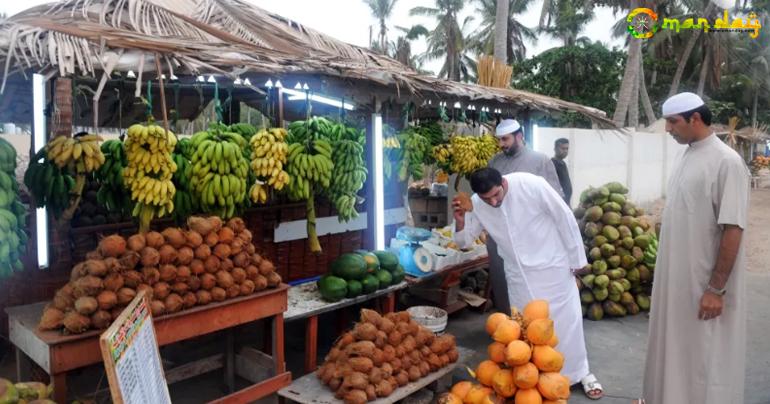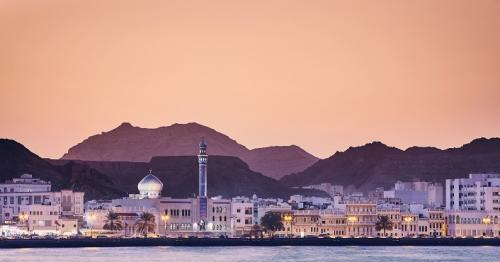Salalah Agricultural Plain produces fruits and vegetables round the year
With its moderate temperatures the Salalah Agricultural Plain is one of the major agricultural areas of the Sultanate.
The crops of this area in the Governorate of Dhofar contribute to the productivity of the agricultural sector in the Sultanate, which is considered an important productive sector and one of the sources of public income.
Salalah Plain is characterised by abundance of agricultural crops, most notably coconut, papaya and bananas, which need the appropriate environmental and climatic conditions of the tropical and subtropical regions with moderate temperate and humid weather.
The climatic conditions that characterise Salalah Plain have created numerous and varied crops for different types of fruits, vegetables, legumes, and grasses, some of which are produced throughout the year. Moderate temperatures prevail in the Governorate of Dhofar throughout the year.
Dhofar weather is affected by monsoon rains, locally called as “Khareef” associated by heavy clouds and fog throughout the Khareef. It runs from June to September each year while temperatures reach their lowest in winter at about 15 degrees Celsius.
There are two major dams in Salalah Plain, namely Wadi Sahalnout dam, which protects the eastern neighbourhoods of Salalah, as well as Wadi Garziz dam, the largest dam in the governorate, which protects the heart of Salalah, Raysut and other western districts of Salalah. In Salalah Plain, there are a group of valleys that start from the slopes of the mountains in the direction of the plain to pour into the Arabian Sea, in addition to some small tributaries.
Water sources in the Salalah Plain are divided into three sections; groundwater, springs, which are concentrated at the mountainous edges and surface waters resulting from rains, which turn into shallow runoff that leads to valleys and ends mostly to the sea.
Groundwater is used for irrigation in Salalah Plain. Springs are also used for irrigation as many springs are scattered in the plains adjacent to the mountains in the Traditional irrigation Traditional irrigation methods for plants and agricultural crops are also often used in Salalah Plain, as well as the use of modern irrigation methods, such as drips and sprinklers.
Salalah Plain is rich in many fruits and vegetables, including coconut, papaya, bananas, lemons, sugarcane, guava, pomegranate, raspberries and avocados, in addition to tomatoes which come on top of the grown vegetables in the plain, as well as maize, pepper, zucchini, cucumber, eggplant, watercress, lettuce, sweet potatoes and legumes.
The coconut comes in the forefront of agricultural crops and constitutes the largest cultivated area in Salalah Plain, which is characterised by continuous production throughout the year.
Coconut is considered one of the most important agricultural crops in the Governorate of Dhofar, which characterises the governorate from other regions in the Sultanate, the Gulf and the Arabian Peninsula, where it is cultivated in large areas of the plain. It is one of the most important crops of economic importance in the Governorate of Dhofar. Banana comes second after the coconut.
Salalah Plain is famous for growing the banana, which is one of the most important economic and food crops in the governorate. It is also famous for growing papaya, which comes third among commercial corps in Salalah Plain.
Salalah Agricultural Plain produces many agricultural products and crops that contribute to the achievement of food security, in addition to its contribution to the marketing and export of some agricultural crops inside and outside the Sultanate.
Share This Post






